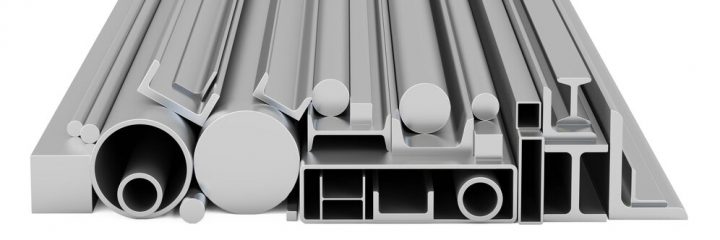The Importance of Choosing the Right Grade of Stainless Steel Bars


Understanding Stainless Steel Grades
Stainless steel is renowned for its durability, corrosion resistance, and strength, making it an ideal material for various applications. However, not all stainless steel is created equal. This is where the importance of choosing the right grade of stainless steel bars comes into play. Each grade of stainless steel offers different levels of performance based on chemical composition, structure, and mechanical properties.
Key Factors in Selecting Stainless Steel Bars
The selection process for stainless steel bars often hinges on several key factors such as the environment in which they will be used, the specific mechanical properties required, and anticipated exposure to corrosive elements. For example, austenitic stainless steels, such as 304 and 316 grades, are widely used for their good ductility and resistance to corrosion, especially in chloride environments. Conversely, martensitic stainless steels, while not as corrosion-resistant, offer higher strength and hardness, making them suitable for applications where these properties are paramount.
Long-Term Considerations and Cost Implications
Choosing the right grade of stainless steel bars can have significant long-term implications. Utilizing a grade that does not match the environmental demands can result in premature failure or increased maintenance costs. For instance, using a lower quality stainless steel in a highly corrosive environment may lead to rusting and structural integrity issues, ultimately requiring costly replacements or repairs. In contrast, selecting an appropriate grade ensures longevity, performance, and potentially cost savings over time.
In conclusion, the importance of choosing the right grade of stainless steel bars cannot be overstated. By carefully considering the specific requirements of the application and the properties of various grades, it is possible to make informed decisions that enhance performance and reliability. Investing time and resources in selecting the right material is a crucial step for any project that seeks resilience, efficiency, and cost-effectiveness.

